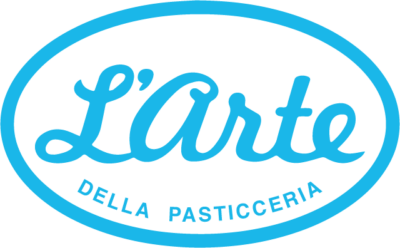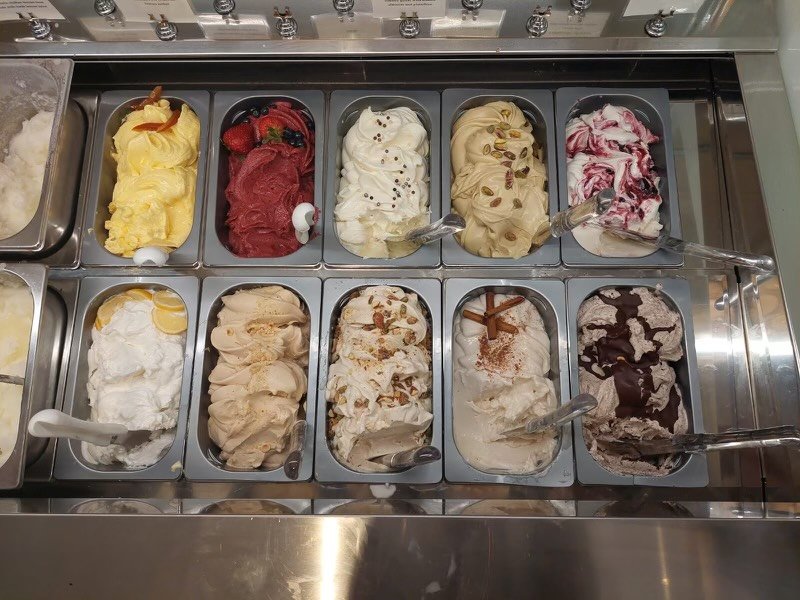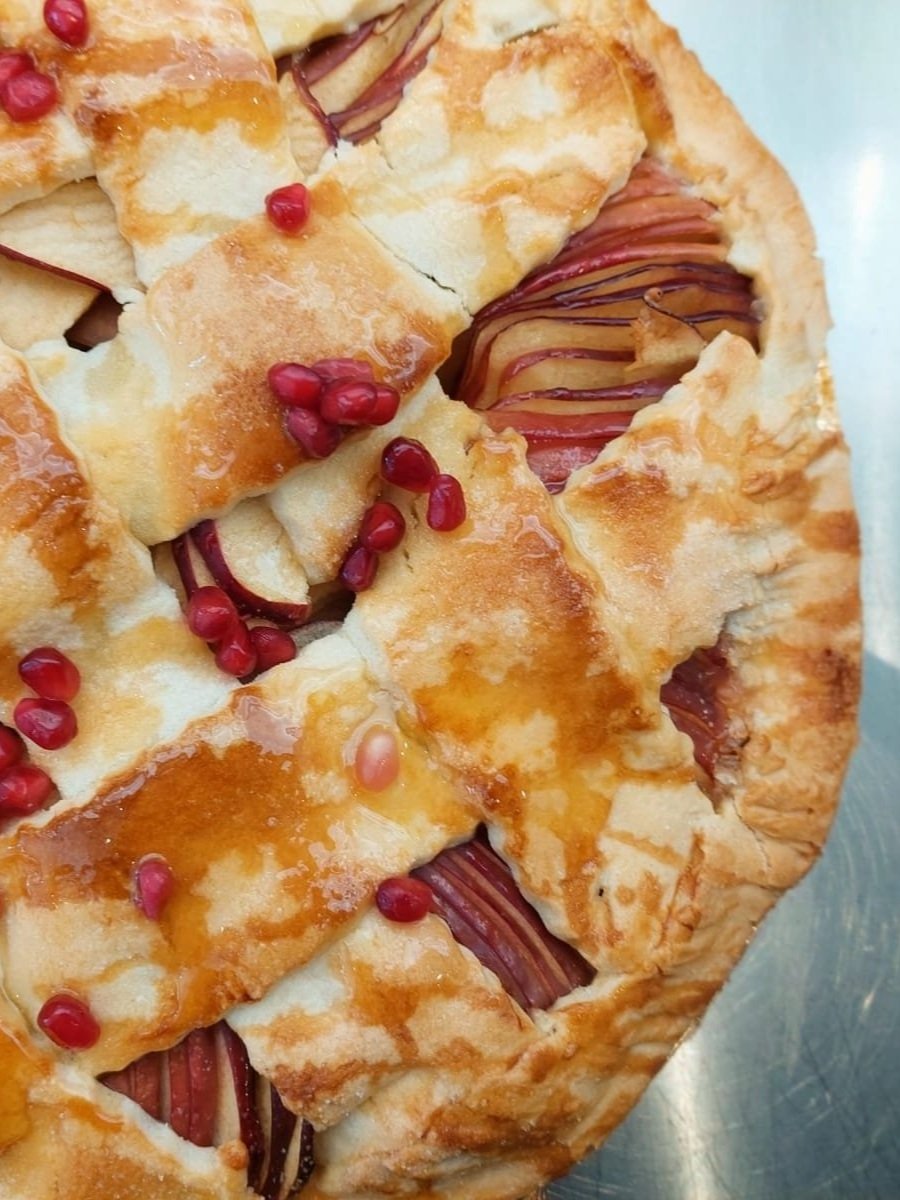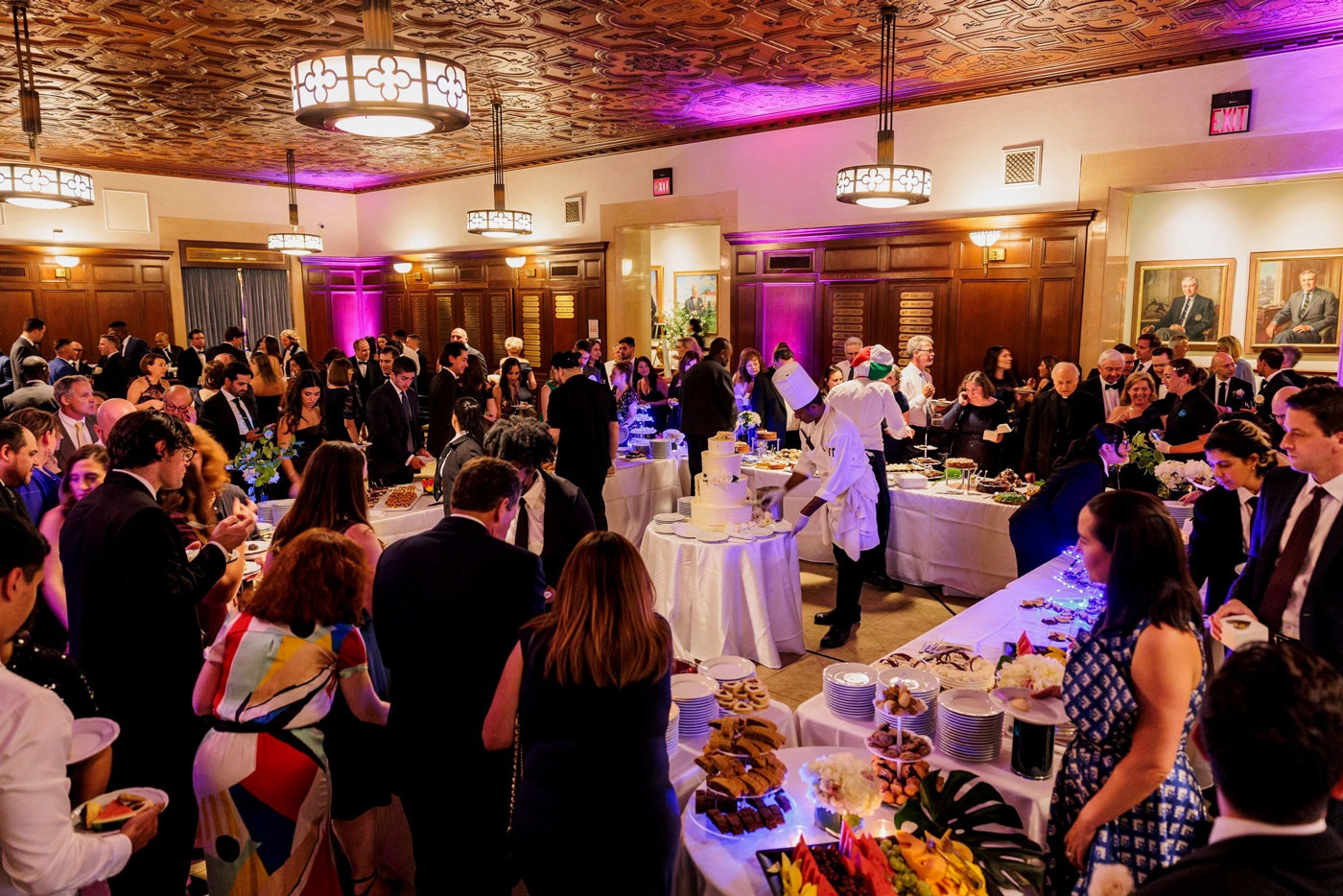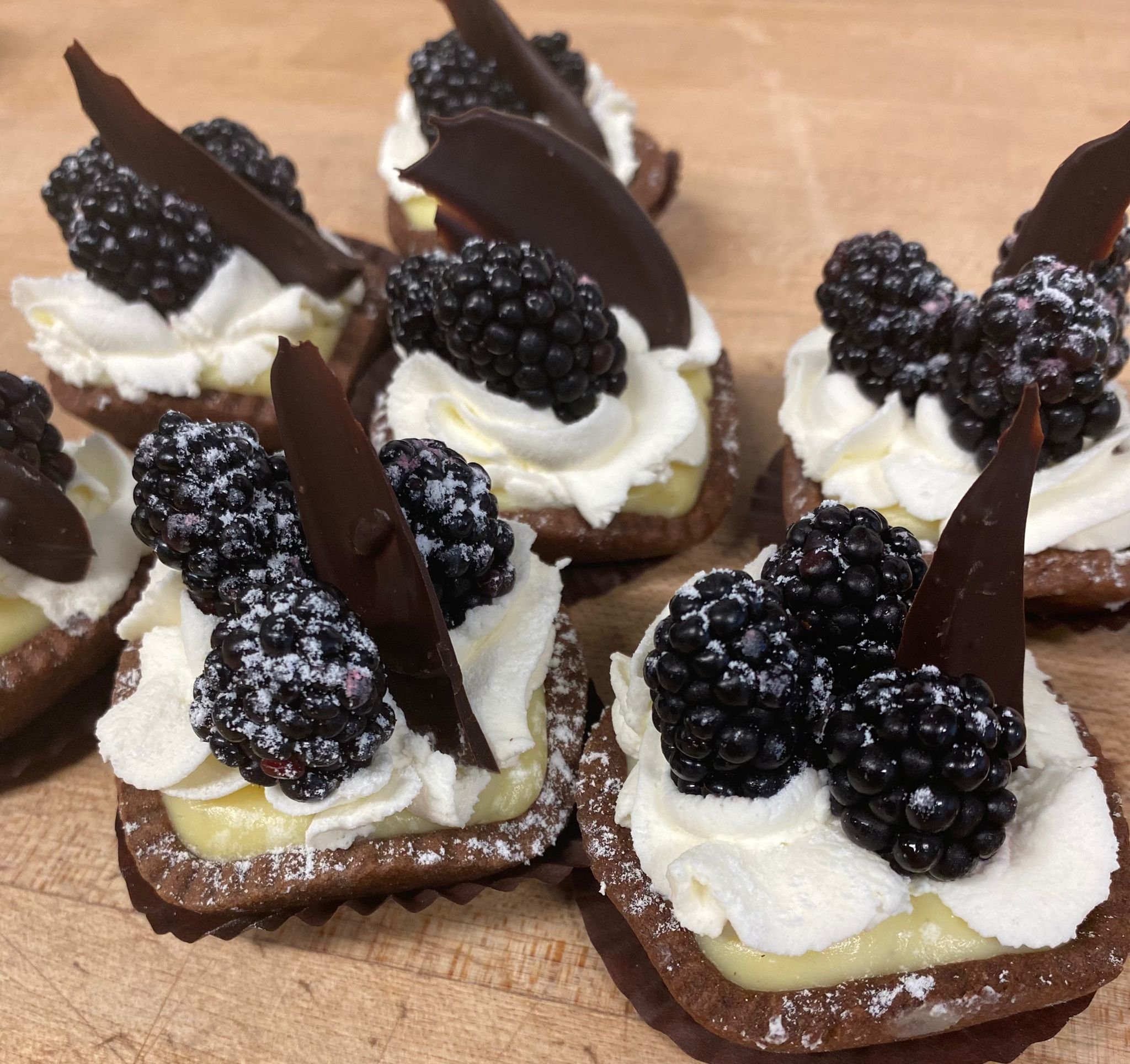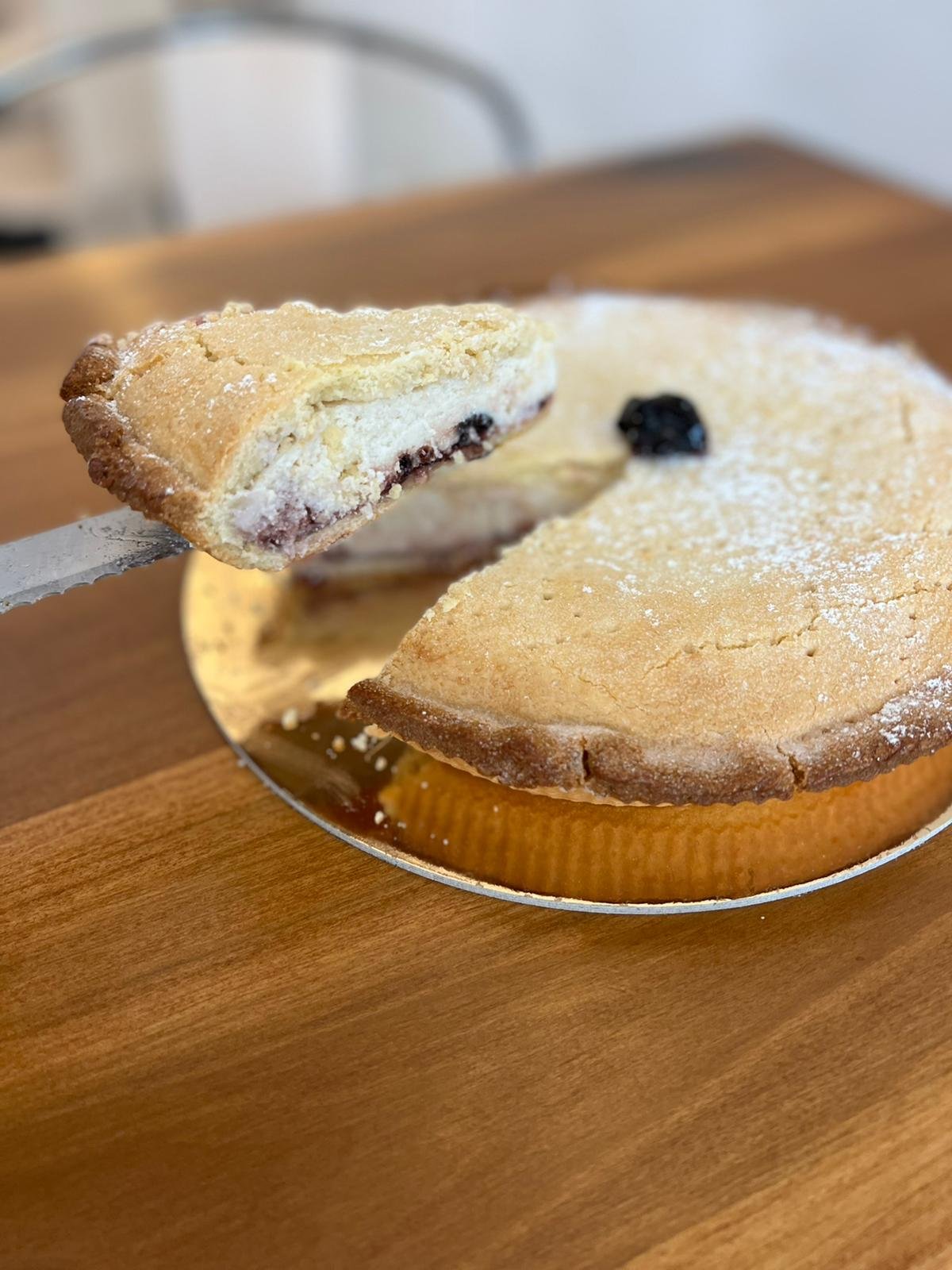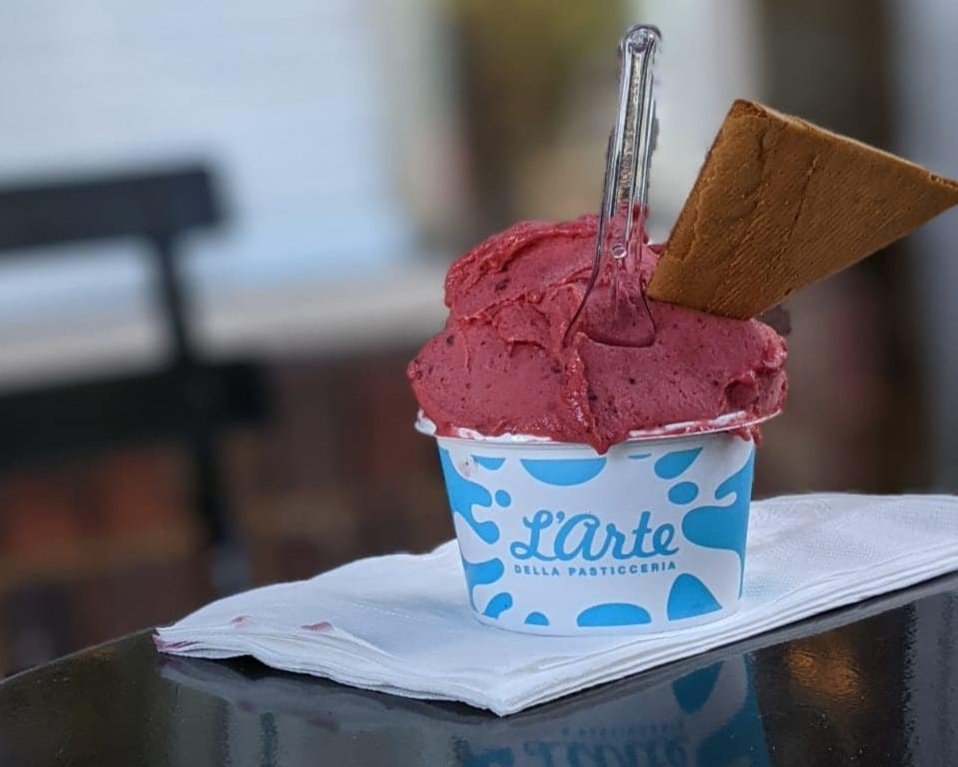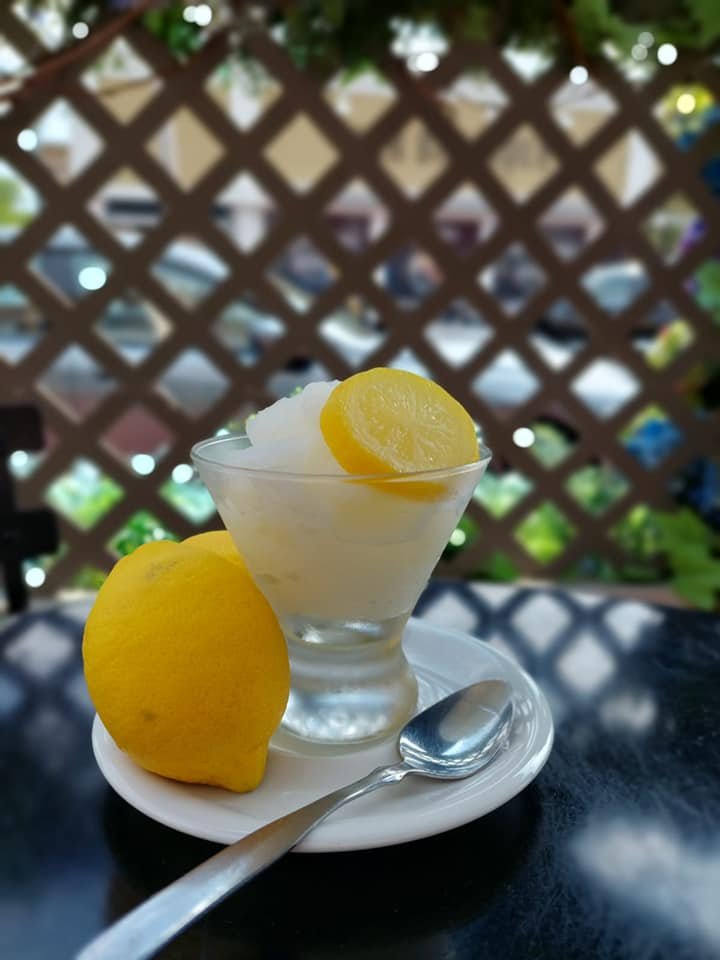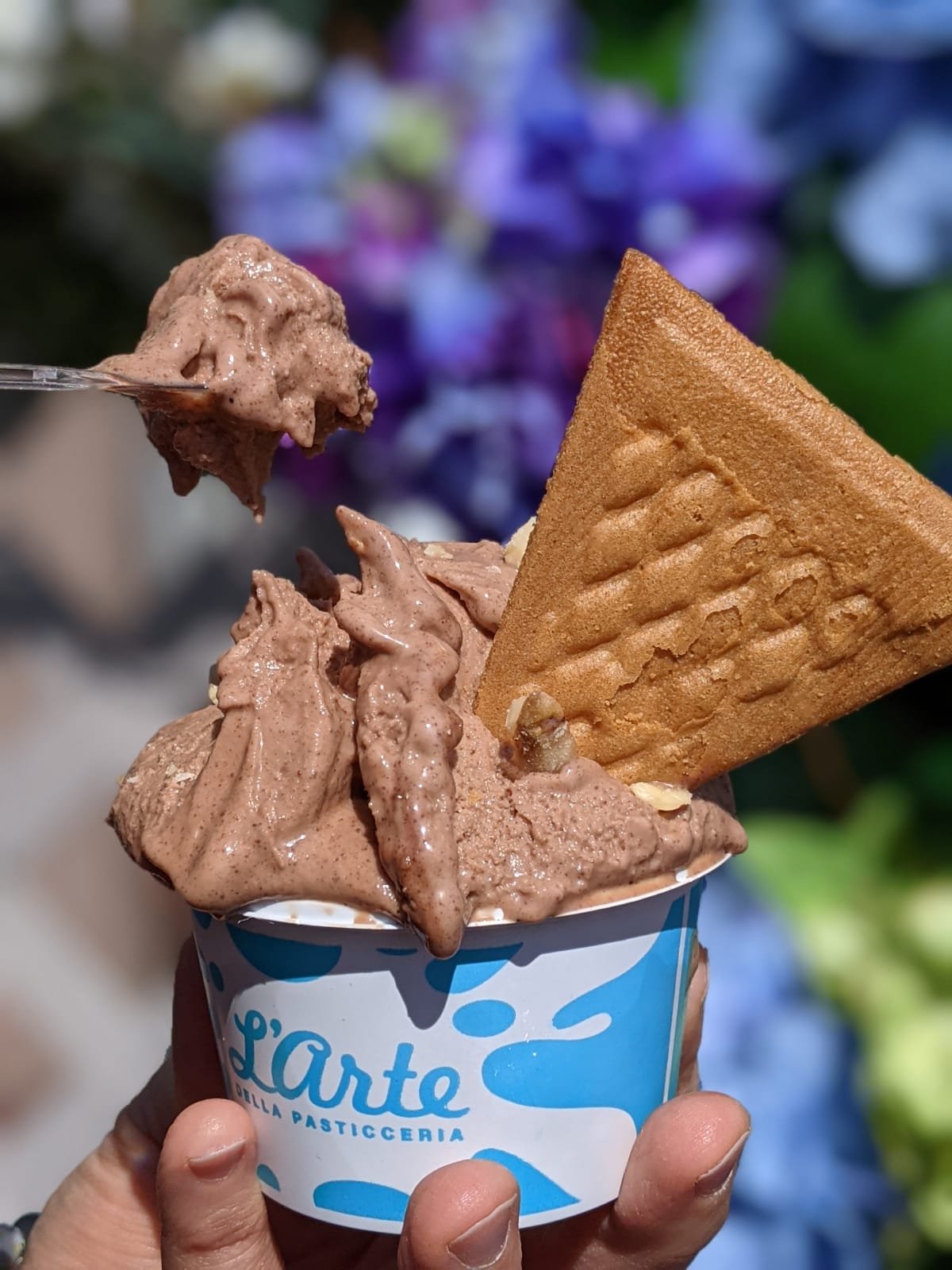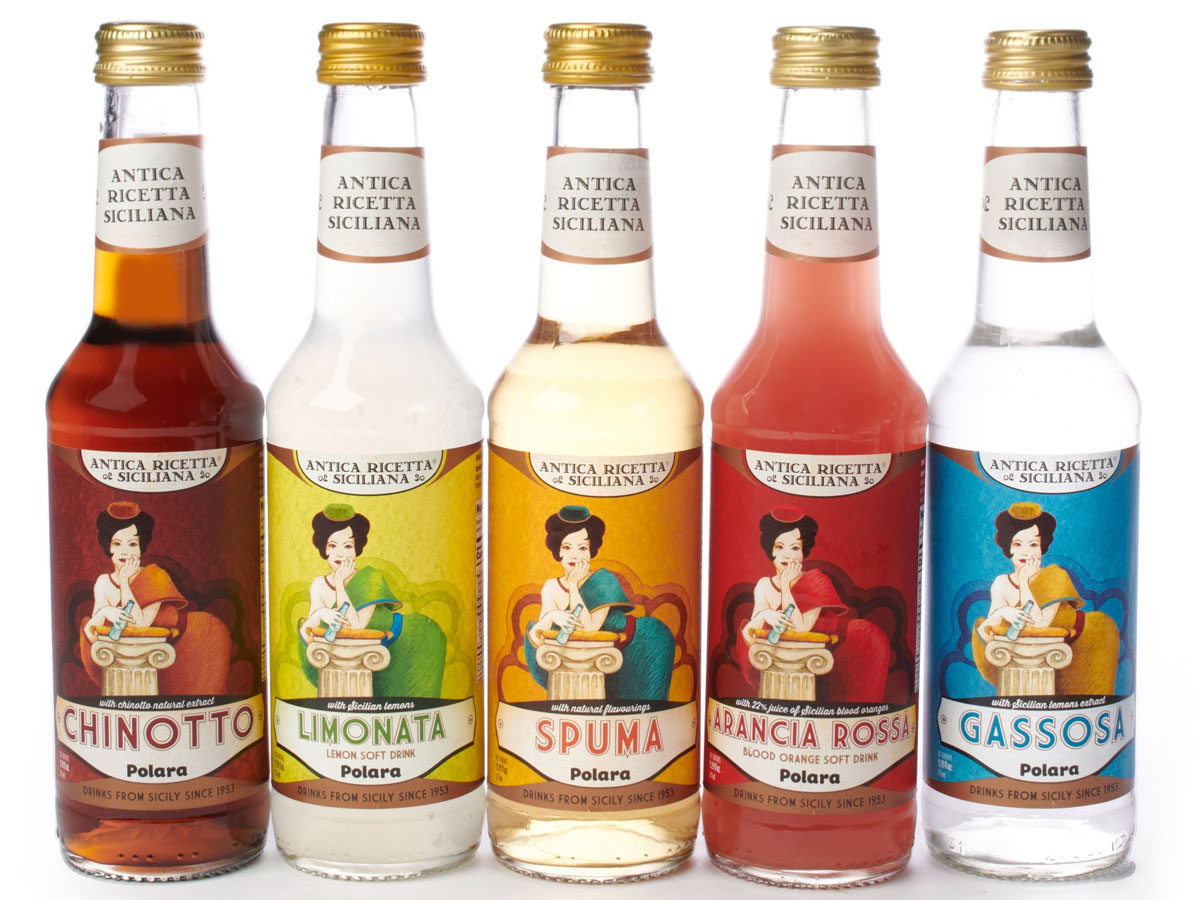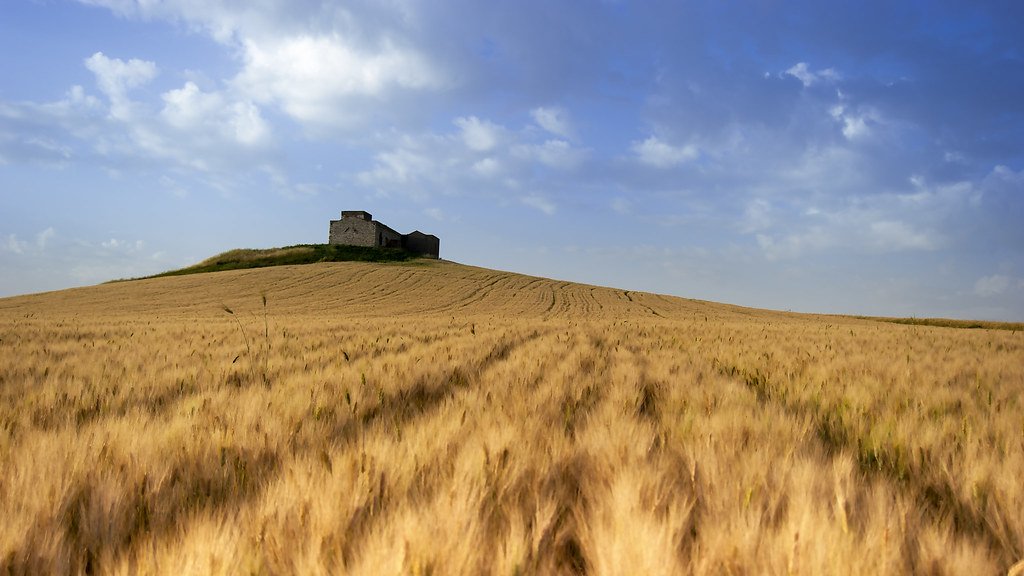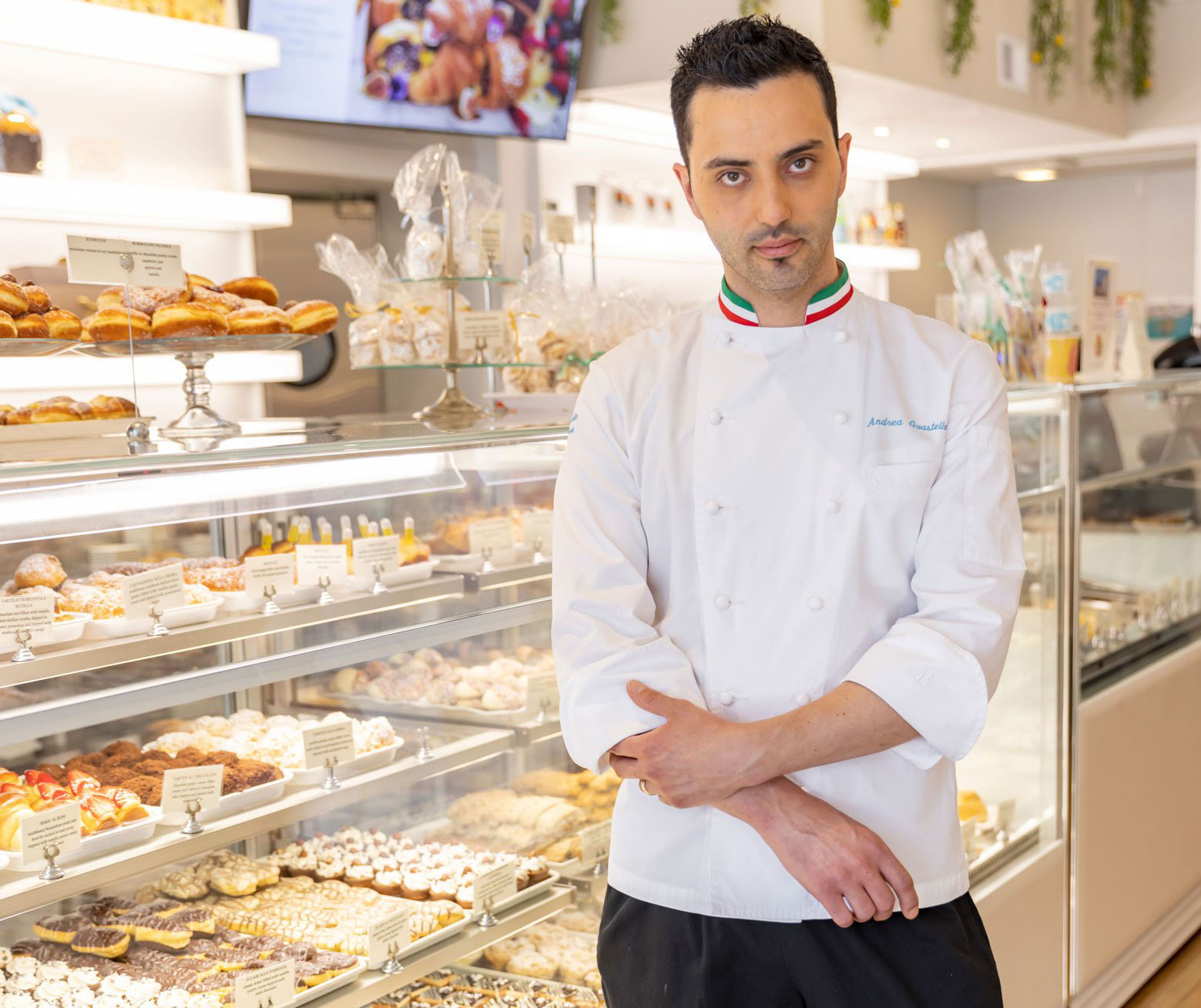
The Sicilian Pastry Chef
Welcome to my blog page. I am a lifelong practitioner and “student” of Italian dessert culture. I love every aspect of it; the traditions, the stories, the personalities, the recipes, but most of all, baking and creating wonderful desserts. I look forward to sharing my passion and creations with all of you, both here and at the shop.
-Chef Andrea
L’Oro Verde di Bronte at L’Arte (The Green Gold of Bronte)
“I don’t like pistachio!” Strange, right? Believe it or not these words came out of my mouth when I was a young child in
Jewish-Italian Desserts for Holy Days & Observances
I am happy to again present our Jewish Holy Days & Observances dessert menu. One of my primary goals as a pastry chef, is
Imarat Siuilliya: Arab influence on Sicilian and Italian Desserts
At L’Arte we celebrate and recall the profound influence of Arabo-Siculo cuisine on Sicilian pastry arts. The sweets we offer during Ramadan and for
Halloween Gingerbread Castle and spiced cookies
For Halloween this year we designed and built, using black gingerbread, a homage to a world-famous Italian castle. A fun project and something we
Venetian Hour: The Ultimate Dessert Table
Preparing and participating in the presentation of elaborate dessert tables while working in Sicilia was one of my favorite experiences. Known as the “Venetian”
Seasonality, Blackberries, and the Devil
I really enjoy the changing seasons. It helps inspire me to think about what produce we should be using to incorporate into our desserts. Fresh
San Gennaro, Napoli, & Uovo e Limone
How does a delicate and low-key biscotto, with humble origins survive in the midst of the modern feast of San Gennaro? Read our article to learn more!
Crostata Ricotta e Amarene Recipe
As promised in my August blog, Jewish-Italian Desserts for Holy Days & Observances, below is a simple but delicious recipe for Crostata Ricotta e
Sorbetto: A refreshing frozen dessert that rehydrates you
"Mangia la frutta, che ti fa bene!"(Eat fruit, it's good for you). I can still hear my grandmother telling me this while encouraging me
Granita: The Best Parts of Gelato and Sorbetto
Summertime in Sicily means it's granita time. Granita is refreshing and tasty, made with water, sugar and different flavorings, the most popular being almond, lemon, orange, and coffee. A simple
Gelato: Memories, Artisanal, Wholesome and Happiness
I clearly remember the day I knew I wanted to learn how to make gelato. I was just 10 years old, living in Ragusa,
The Bittersweet Story of Homegrown Italian Sodas
My goal when sourcing sodas from Italy is to identify those that pair well with our sweet and savory products. I also want sodas
Carnevale, Mardi Gras, Fat Tuesday: it’s a Party!
Carnevale, the Great Feast! Think of it as a big final Italian party before Ash Wednesday, the restrictions of Lent and its more pious observances. From
Tea in the Land of Espresso
We offer a broad selection of tea flavors at the caffe. Which is kind of strange for an Italian pastry shop. Italy is the
Minni ri Sant’Agata
Italian cuisine culture is contemporary but has very ancient roots. So, it is really difficult to discuss Italian desserts without considering the history that
Craft Roasted Coffee and Italian Espresso
Coffee at L'Arte, as throughout Italy, is a very important part of our dessert and caffe culture. It is not an afterthought. We go
Saint Valentine’s Day Tradition
One of the many perks of being the Executive Chef at L'Arte is Saint Valentine's Day. Years ago, L'Arte revived a wonderful Valentine's Day
Carob: Carats, Diamonds and Gelato
At L’ Arte we use ground exotic carob seeds (one of the best natural emulsifiers) to prepare our gelato base mixture, and carob flour in
Cannoli & Sheep Milk Ricotta
I love ricotta! It's an incredibly versatile whey cheese. They have been making it in Italy, using the same methods, virtually unchanged, since the
Russello Flour
At L'Arte, we generally use Russello flour imported from Sicily and in particular for a number of our specialty products. We use Russello for
